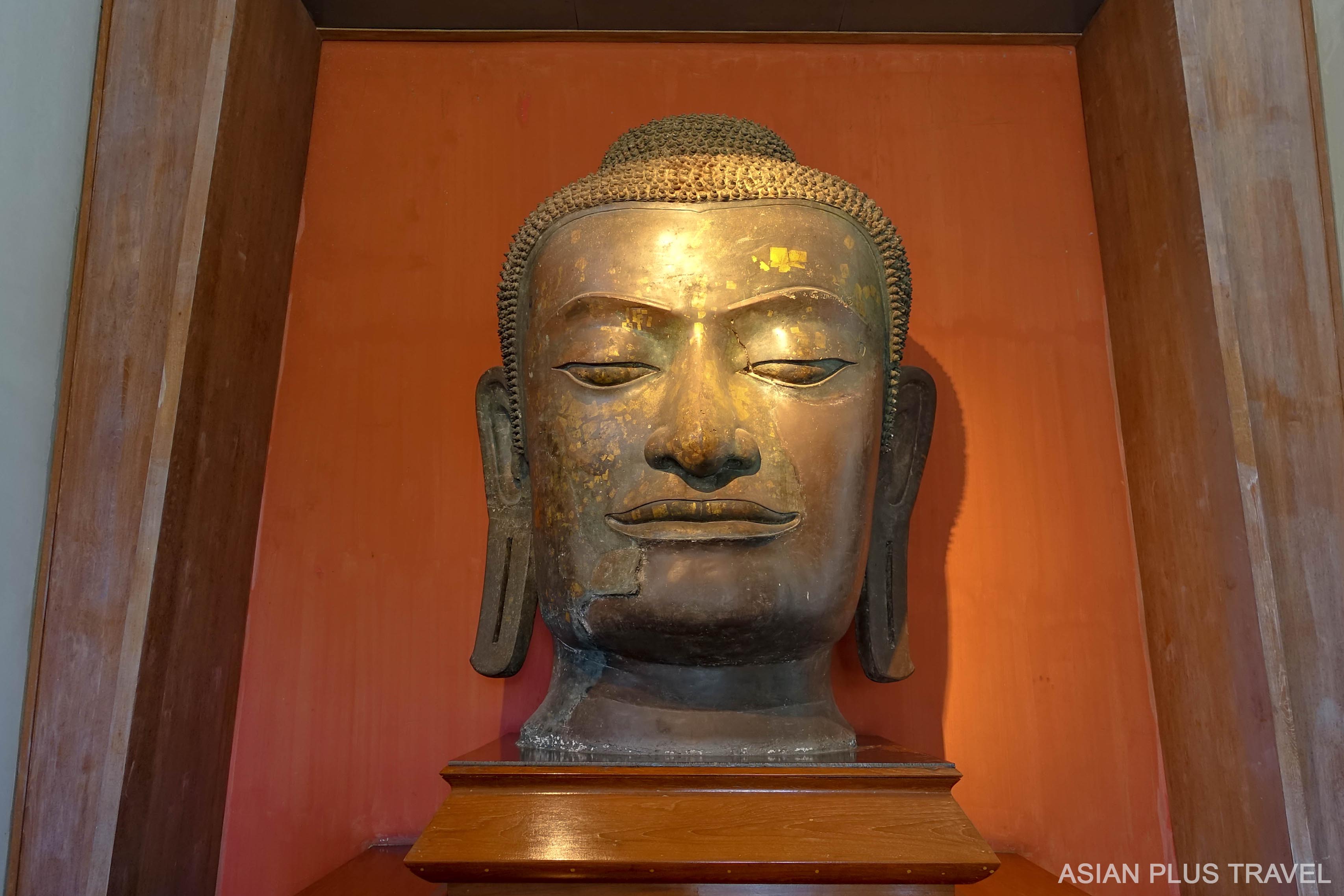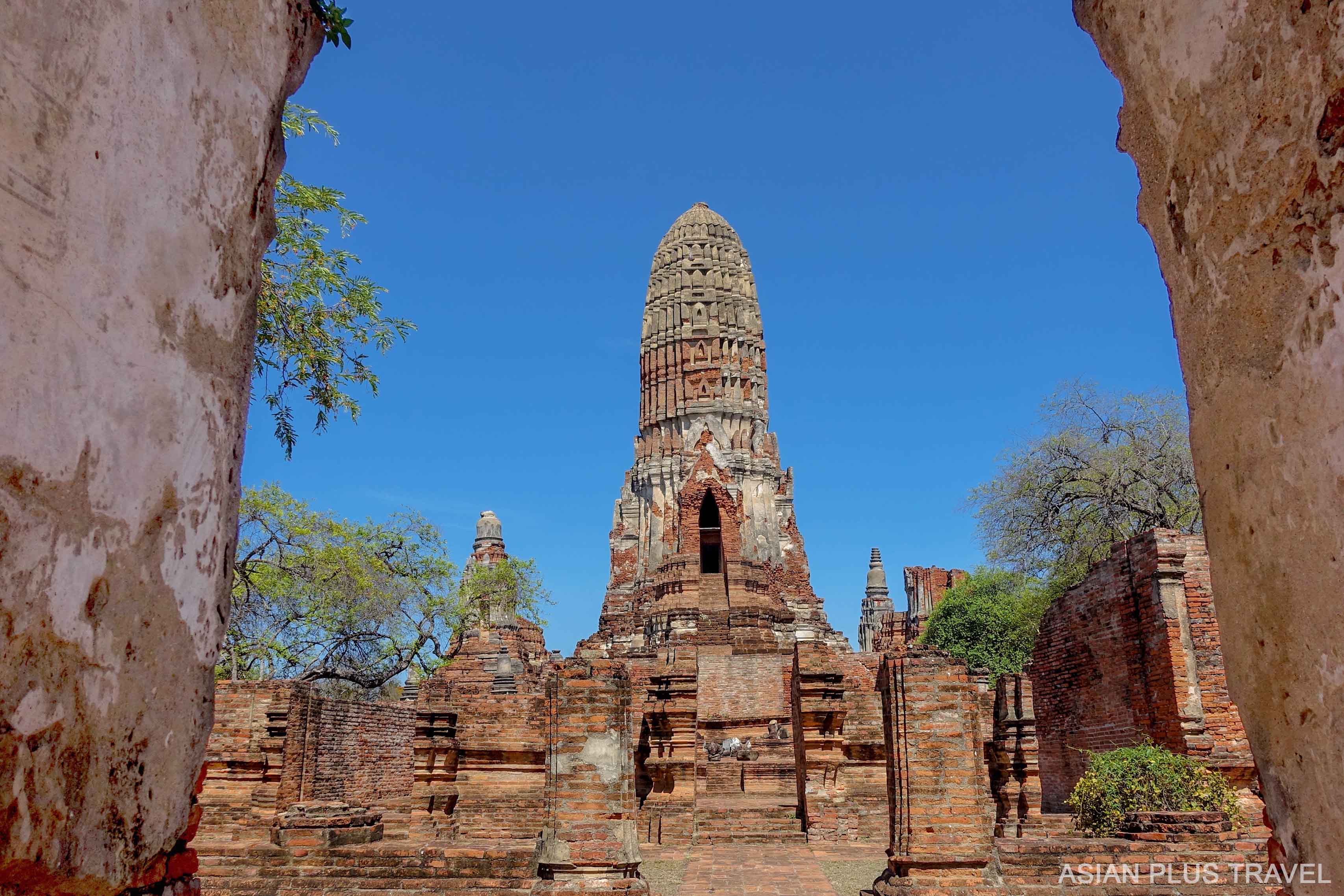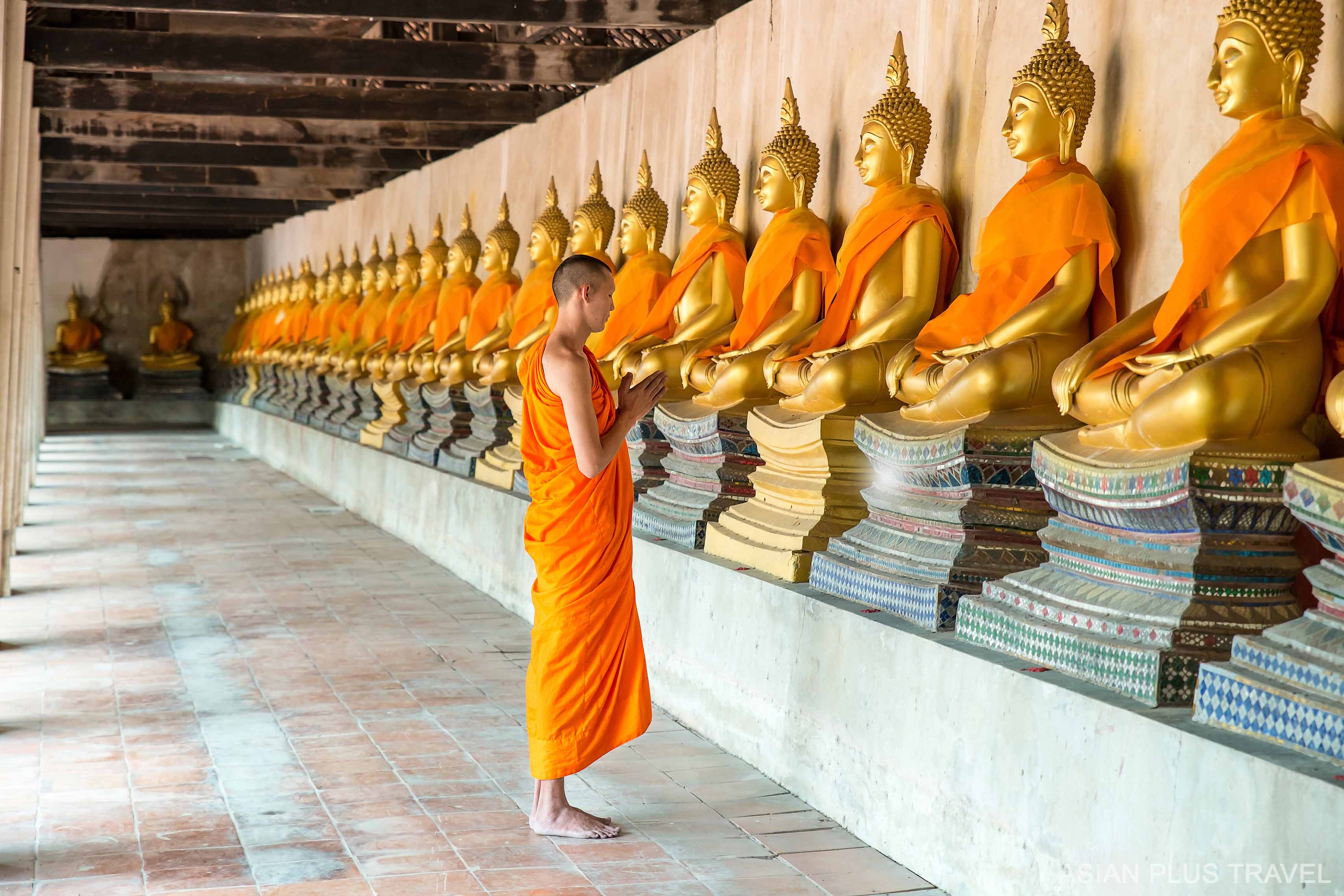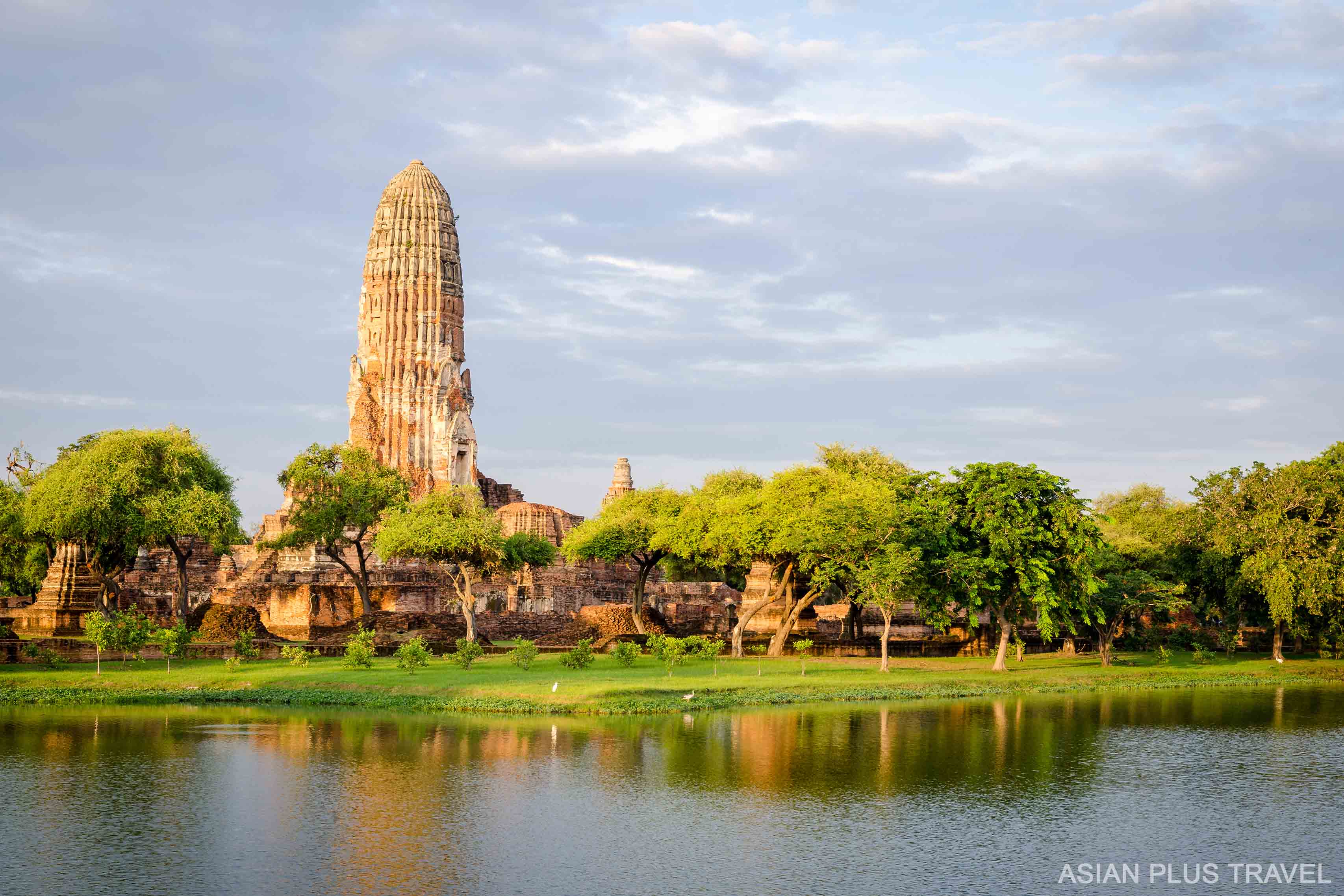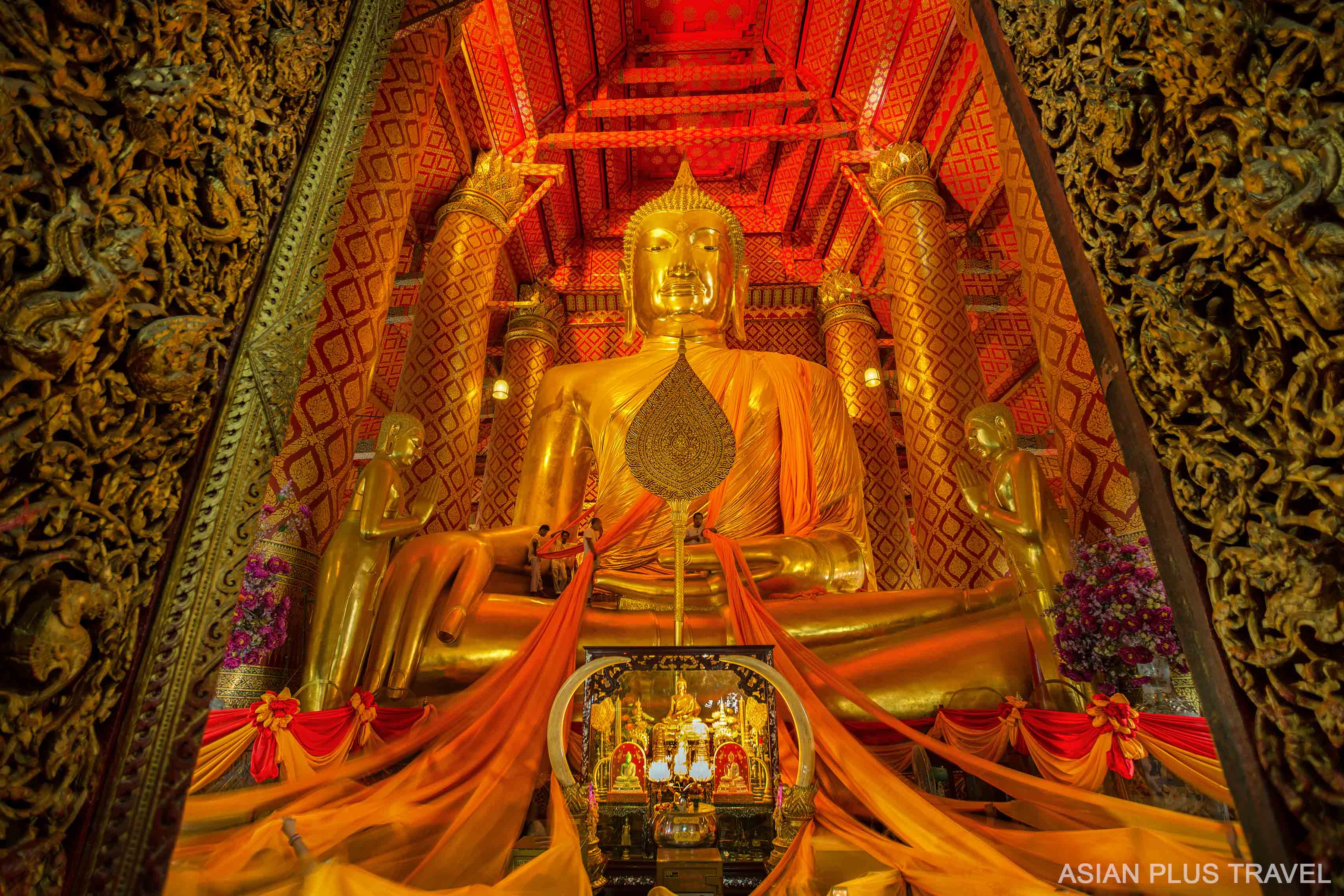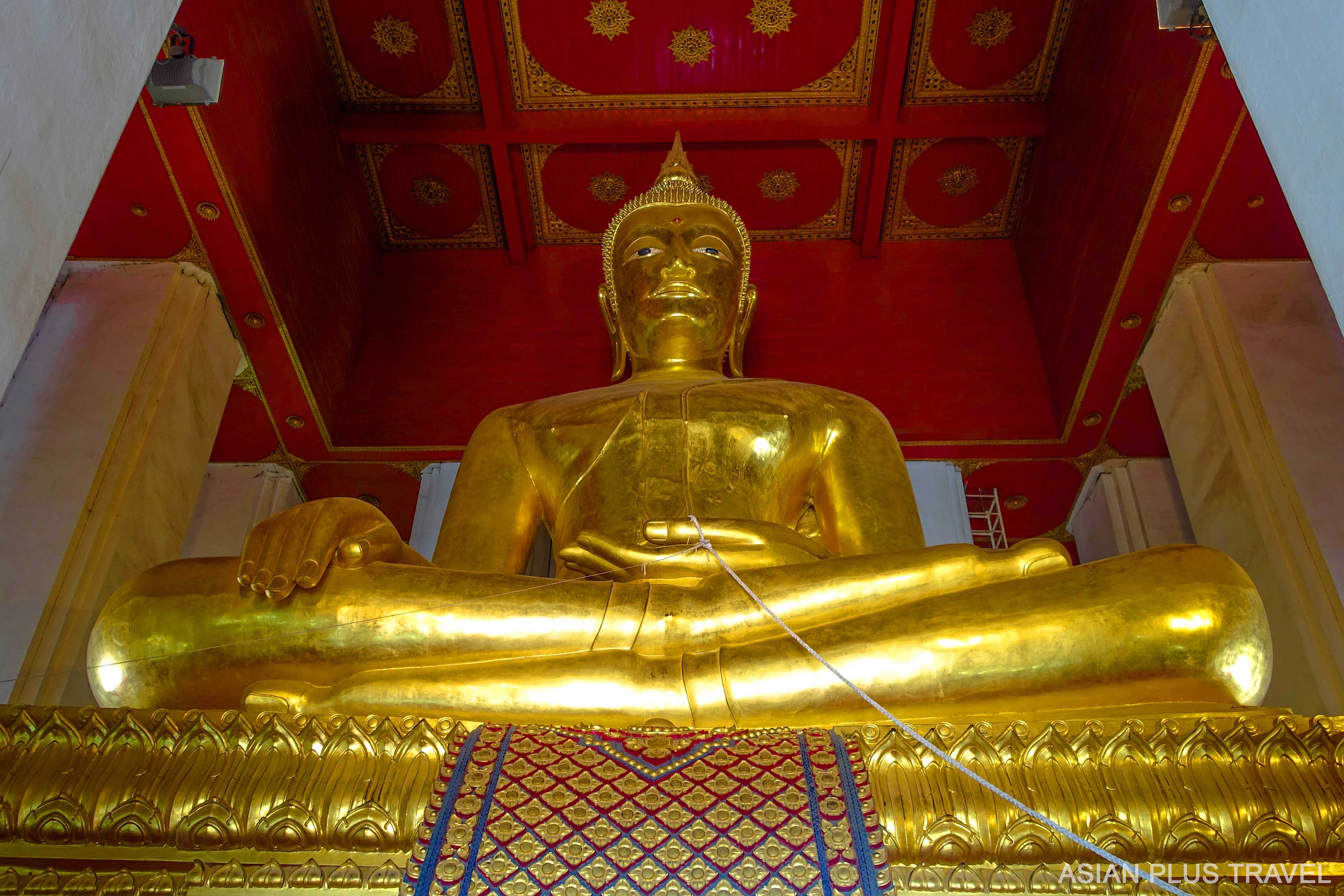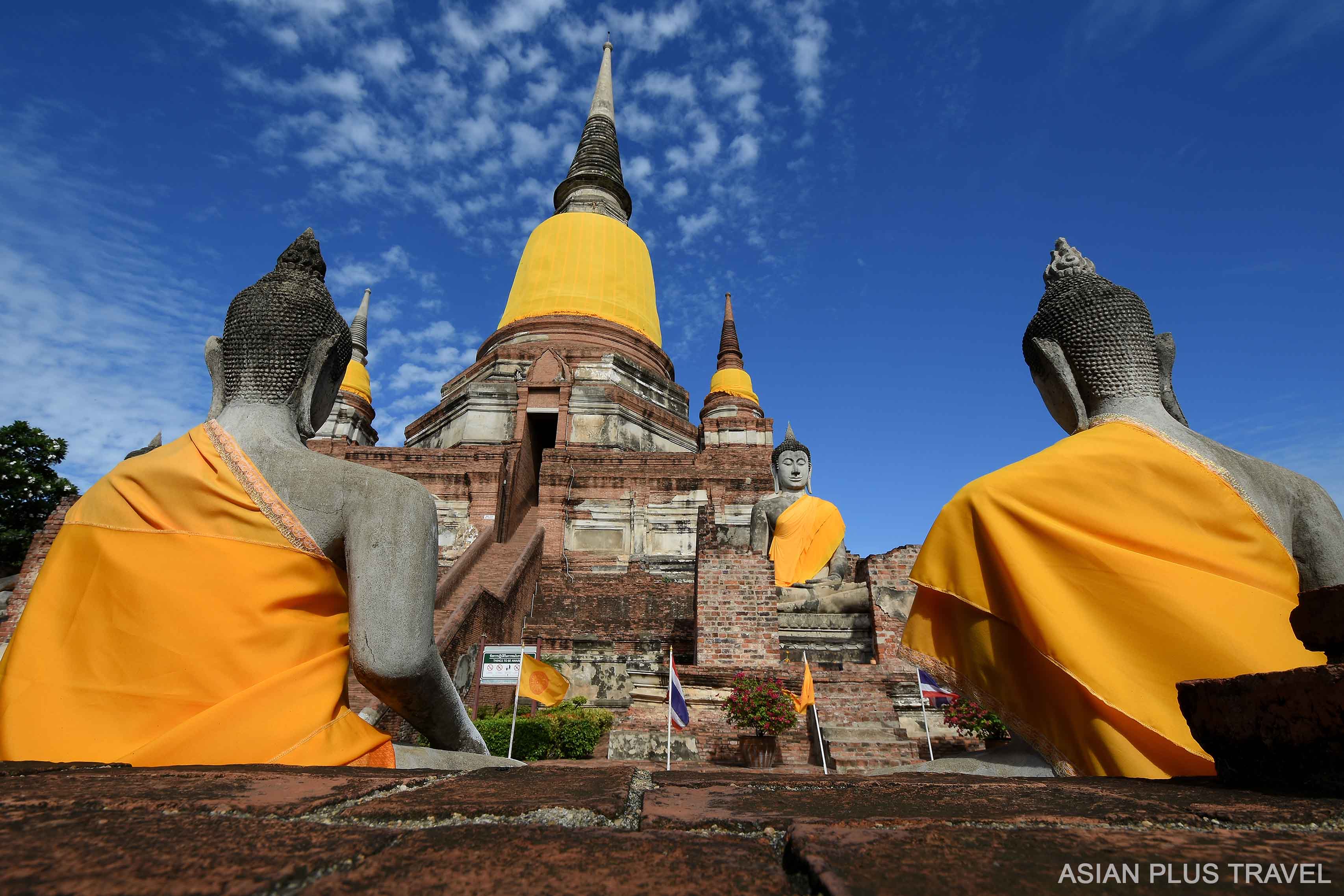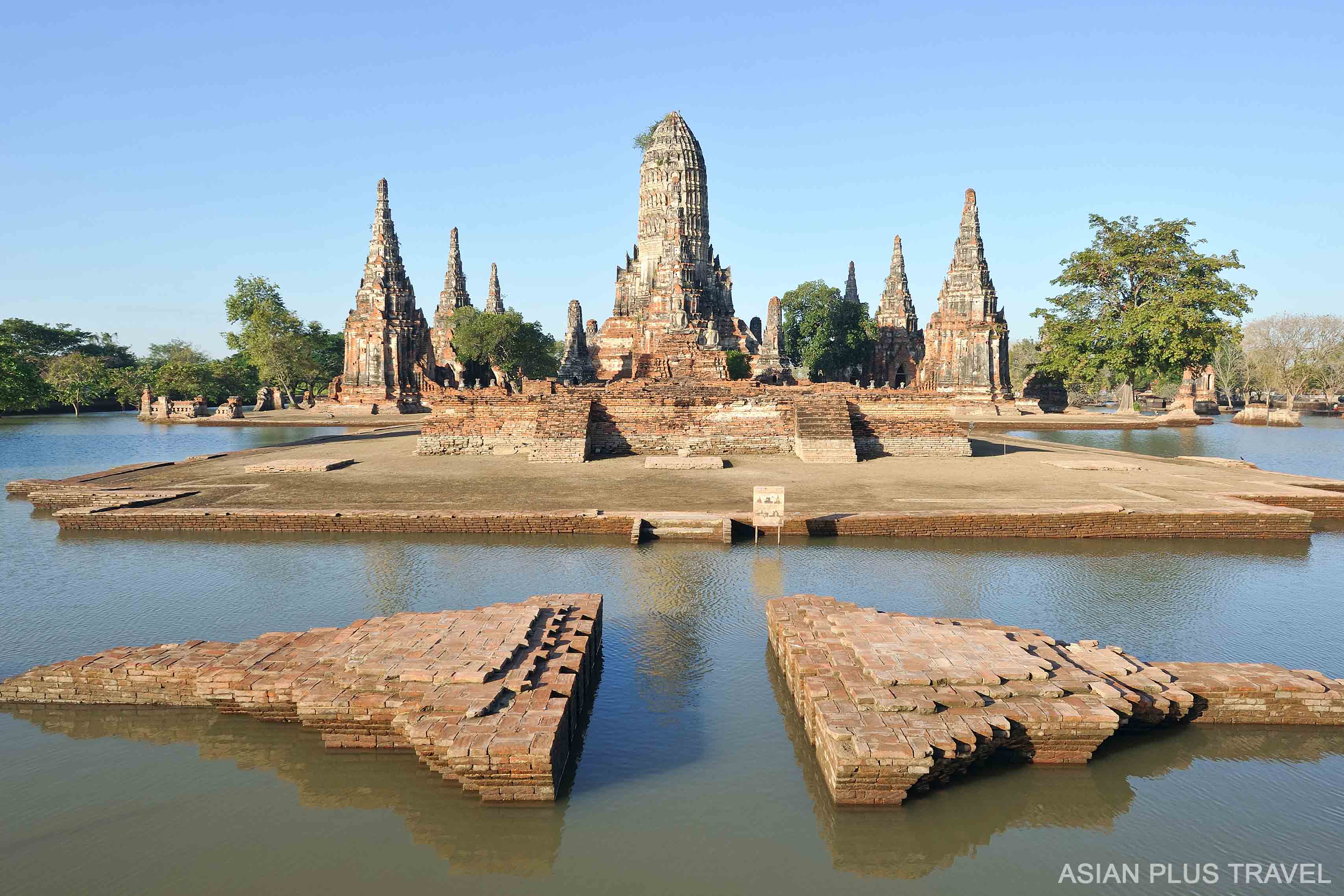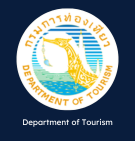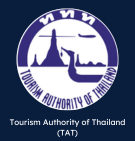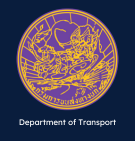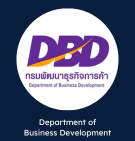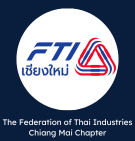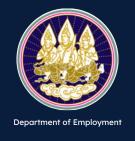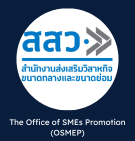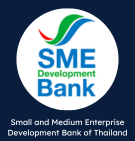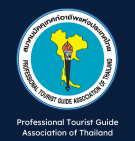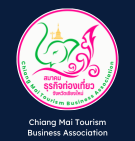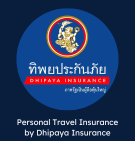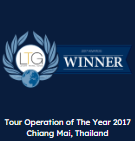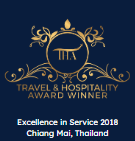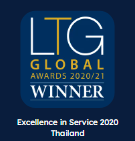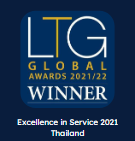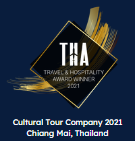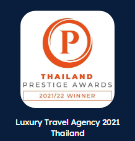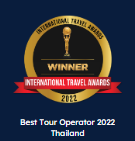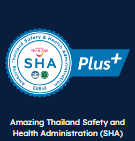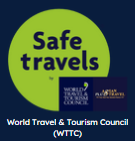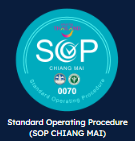Treasures of Ayutthaya
The Phra Nakhon Si Ayutthaya or Ayutthaya, in short, is one of Thailand historical and majestic highlights. Serving as the Thai capital for 417 years (1350 1767: Kingdom of Ayutthaya), it was once glorified as one of the biggest cities in Southeast Asia. During the 17th century, most foreign visitors to Ayutthaya, traders or diplomats alike, claimed Ayutthaya to be the most illustrious and glittering city that they had ever visited. The map of Ayutthaya published in 1691 by Simon de la Loubere in Du Royaume De Siam is proof of such recognition. The Kingdom of Ayutthaya reached its apex in terms of sovereignty, military might, wealth, culture, and international commerce in the 16th century when the Kingdoms territory was extended far beyond present-day Laos, Cambodia, and Myanmar. Ayutthaya even had diplomatic relations with Louis XIV of France and was courted by Dutch, Portuguese, English, Chinese and Japanese merchants. Visitors can explore and appreciate Thai history in Phra Nakhon Si Ayutthaya, which is situated only 86 kilometres north of Bangkok. Visitors to Ayutthaya can marvel at its grandeur reflected through numerous magnificent structures and ruins concentrated in and around the city island surrounded by Maenam Chao Phraya, Maenam Pa Sak and Maenam Lopburi. More importantly, Phra Nakhon Si Ayutthaya Historical Park, an extensive historical site in the heart of Ayutthaya city, has been included in UNESCO World Heritage list since 13 December 1991.
The Past
The Kingdom of Ayutthaya was built and developed in leaps and bounds. The ruins in Ayutthaya that survived the test of time embody both the glorious and ignominious stories of the Kingdom.
This ancient capital of the Kingdom of Ayutthaya, founded in 1350 by King U-Thong, had thirty-three kings of different dynasties and reached its peak in the middle of the18th century. A magnificent city with three palaces and over 400 magnificent temples on an island threaded by canals Ayutthaya was truly an impressive city that attracted both Europeans and Asians. After a 15-month siege, the Kingdom of Ayutthaya was conquered and completely destroyed by the Burmese in 1767. When King Taksin the Great finally liberated the Kingdom, a new dynasty was established and the capital was moved to Thonburi.
The seal of Ayutthaya depicts a conch on a pedestal tray placed in a small castle under a Mun tree. According to legend, King U-Thong, founder of the Kingdom of Ayutthaya, discovered a beautiful conch buried in the ground being prepared for the establishment of the seat of his Kingdom. Consequently, he had a tiny castle built to house the shell. Hence, the provincial seal.
The Present
Today, there are but groups of crumbling ruins and rows of headless Buddhas where once an empire thrived. The temple compounds are still awe-inspiring even in disrepair and a visit here is memorable and a good beginning for those drawn to the relics of history. The architecture of Ayutthaya is a fascinating mix of Khmer (ancient Cambodian style) and early Sukhothai style. Some cactus-shaped obelisks, called prangs, denote Khmer influence and look something like the famous towers of Angkor Wat. The more pointed stupas are ascribed to the Sukhothai influence. For new arrivals who had limited their visit to Bangkok, similarities may be noted with the riverside Wat Arun, an 18th-century structure that was built in the so-called Ayutthaya style, a melding of Sukhothai Buddhist influences and Hindu-inspired Khmer motifs.
Ayutthaya is administratively divided into 16 districts: Phra Nakhon Si Ayutthaya, Ban Phraek, Bang Ban, Bang Pahan, Bang Pa-in, Amphoe Bang Sai, Bang Sai, Lat Bua Luang, Maha Rat, Nakhon Luang, Phachi, Phak-Hai, Sena, Tha Rua, Uthai and Wang Noi.
DAY 01 : THE KINGDOM OF AYUTTHAYA
Depart for Ayutthaya, located 76 kms. north of Bangkok. It was one of Indo-China's most prosperous cities and is one of Thailand's major historical attractions.
The grandeur of Ayutthaya is reflected by numerous magnificent structures and ruins concentrated in and around the city island surrounded by the Chao Phraya, Pa Sak and Lop Buri Rivers. The area, well conserved as a historical park, has been included in UNESCO's list of World Heritage since 1991.
Visit Wat Yai Chaimongkon. A large working wat, with ruins that appear on some of the well known photos of temples in Thailand. It features a large reclining Buddha in saffron robes in its own ruined wiharn, and, most spectacularly, a huge chedi swathed in golden cloth set in a courtyard which is lined by Buddha images all wearing saffron robes. Very photogenic.
Continue to visit Wat Phanancherng, contains the oldest large cast bronze Buddha image in Ayutthaya.
Transfer you to within Ayutthaya, a UNESCO World Heritage site. The ancient capital was founded in 1350 by King U-Thong and it was from here that the Siamese ruled their Kingdom for 417 years.
Visit the local museum:
**Wednesday to Sunday = Chao Sam Phraya National Museum.
**Monday and Tuesday = The Ayutthaya Historical Study Centre.
Continue to Ayutthaya Ancient Palace, was original built King U-Thong in the 14 th century, and was expanded over the years. These pavilions were completely destroyed in 1767, leaving only brick foundation, porticos and walls.
Visit Wihan Phra Mongkhon Bophit. Phra Mongkhon Bophit, a large bronze cast Buddha image was originally enshrined in the open area outside the Grand Palace and later covered by a building in the reign of king Songtham. During the fall of Ayutthaya, the building was badly destroyed by fire. The one currently seen was reconstructed, but does not have as beautiful craftmanship as the previous one. The open area east of the sanctuary was where the royal cremation ceremonies took place.
Visit Wat Phra Si Sanphet. This is the most important temple within the Royal Palace compound and the original from which the Temple of the Emerald Buddha in Bangkok has been copied. Three outstanding Ceylonese style pagodas were built during the 15th century to enshrine the ashes of three Ayutthayan kings.
Lunch will be provided at riverside restaurant.
Across the river north of the palace to visit Wat Na Phra Men, the temple has been restored a number of times but still has a finely proportioned ubosot and viharn. The Ubosot design is very old in the typical Thai style. The most interesting object is the principal Buddha image, which is fully decorated in regal attire. The most interesting fact attributed to the image is that it escaped destruction when the Burmese were burning everything down. It was from the grounds of this temple that the Burmese King Chao Along Phaya decided to fire a cannon at the Grand Palace.
Overnight : Ayutthaya
Meal : Lunch (1) / Dinner (1)
DAY 02 : BANG PA-IN SUMMER PALACE / CRUISE BACK TO BANGKOK
Transfer to visit Wat Mahathat is located in front of the Grand Palace to the east, next to Pa Than Bridge. The temple is believed to be one of Ayutthaya’s oldest temples, possibly built by King Boromaraja I (1370-88). Its central prang, of which only the base remains, once rose to a height of 165 feet. Traces of the original stucco decorations can still be seen on some of the surrounding chedis.
Then continue to visit Wat Ratchaburana sits right next to Wat Mahathat, in the symbolic center of the old city. Established in 1424 by King Boromaraja II, the temple was built to hold the ashes of his elder brothers, who killed each other in battle - on elephant back - fighting over the throne.
Depart from Ayutthaya to Bang Pa In, one of the 16 districts of Ayutthaya. Along the way, you may wish to buy a bag of fish or a cage of small birds for you to release back to nature. This is a wonderful gesture and makes merit.
Across from Bang Pa In is Wat Nivat - one of the more intriguing Buddhist temples - and this is where we'll moor for the night. Wat Nivat was constructed at the command of King Rama V in 1878, in the style of an English Gothic church. The temple's stained glass windows and unusual architecture make it one of the most distinctive Buddhist temples anywhere in Thailand.
Visit Bang Pa-In Summer Palace, was first used by the royal court as a summer retreat in the 17th century. However, the Palace was destroyed with the fall of Kingdom of Ayutthaya and was restored by King Rama IV in the mid-19th century. Most of the buildings that exist today date from the reign of King Rama V, who regularly spent his summers there. The structures represent a variety of architectural styles, set in a large park around ponds and waterways. The only royal residence open to the public is the Chiness-style Wehat Chamroon Palace, constructed entirely of materials imported from China. In addition, there is an Italian-style palace, a circular pavilion with steps leading down to a pool, the graceful Thai-style Aisawan Tippaya Asna Pavilion in the middle of a lake, and, across one of the waterways, a Buddhist chapel in the neo-Gothic style with stained-glass windows. Scattered around the extensive gardens are European statues as well as monuments ordered to be built by King Rama V in memory of members of his family, one of them a much-loved Queen who drowned in a boating accident.
Get underway for Bang Sai Royal Folk Arts and Crafts Center. A short cruise downriver from Bang Pa In is the Bang Sai village, which enjoys the patronage of Her Majesty the Queen. Here you can see a variety of Thai houses in regional styles and see how Thailand's rural people make handicrafts such as fern basketry, silk flowers, hand-woven silk and cotton, silk dyeing, wood carving, miniature hand-modeled dolls and traditional furniture. A great place to shop for Thai handicrafts.
Cruise back to Bangkok via the mighty Chao Phraya River onboard the air-conditioned River Sun boat; taking in scenes of everyday Bangkok life as well as significant Thai landmarks.
Lunch A delicious Thai buffet lunch will be served for you to enjoy at your leisure, followed by tea and coffee.
All along the enchanting Chao Phraya River, you will experience the sights of some of Bangkok's people, their homes, their work and their general daily lives. Throughout your tour with River Sun, you will encounter endless fascinating aspects of Thai life past and present. It is our hope that your experiences remain with you long after you leave Thailand.
Overnight : x
Meal : Breakfast (Hotel) / Lunch (2)
